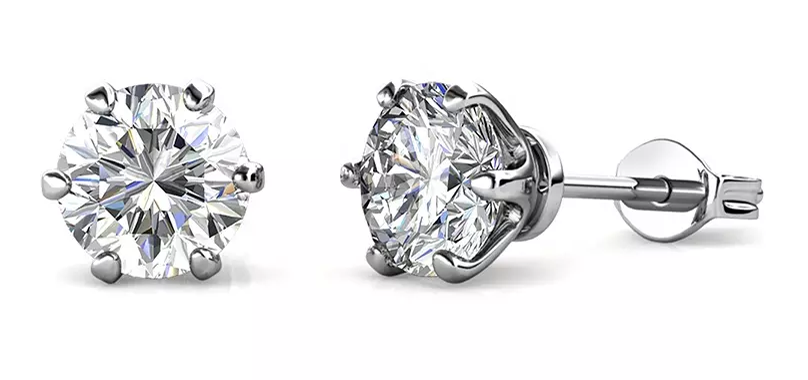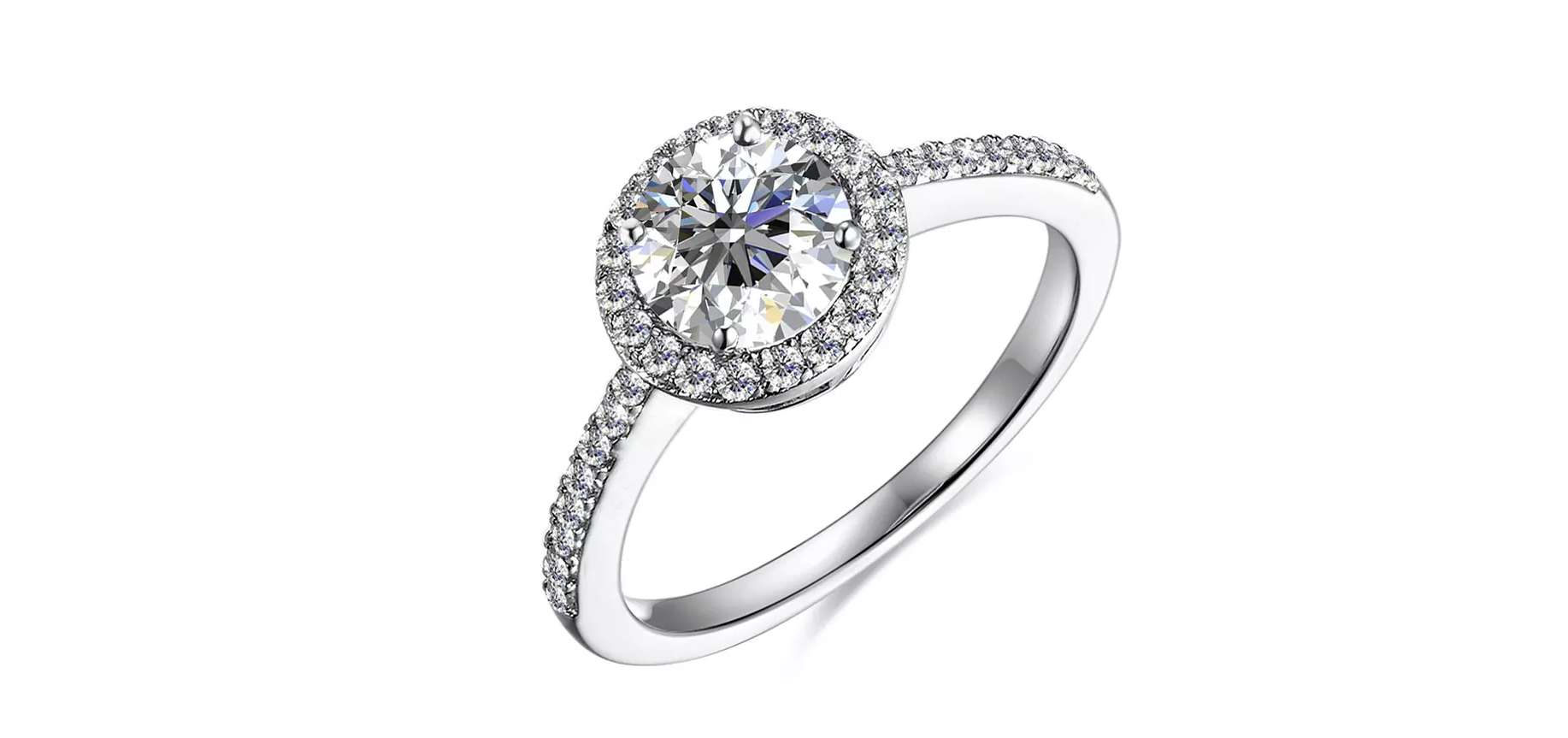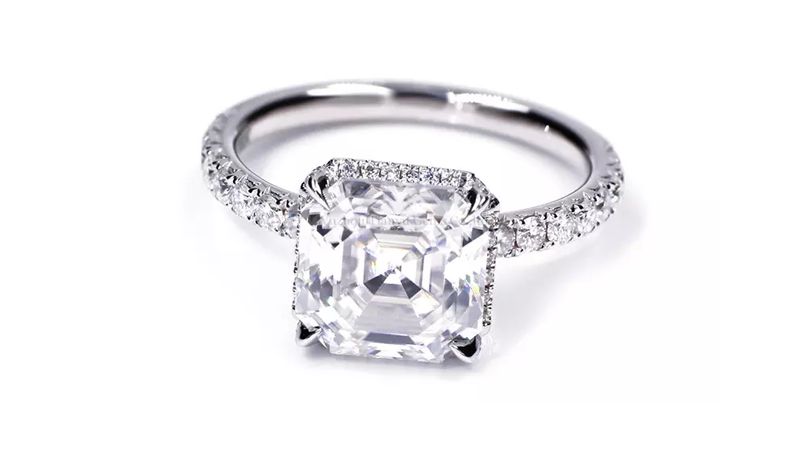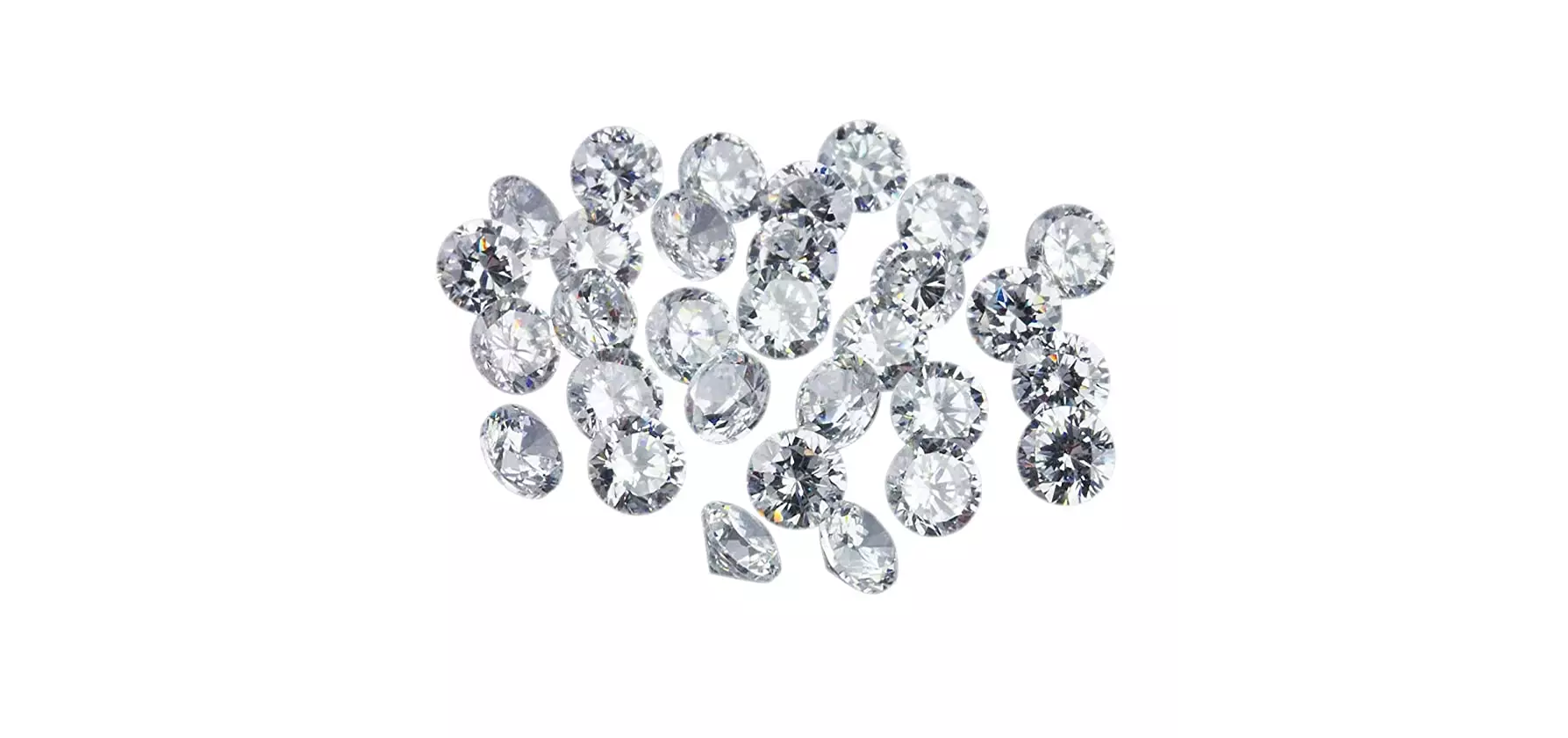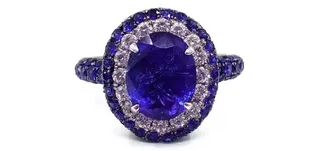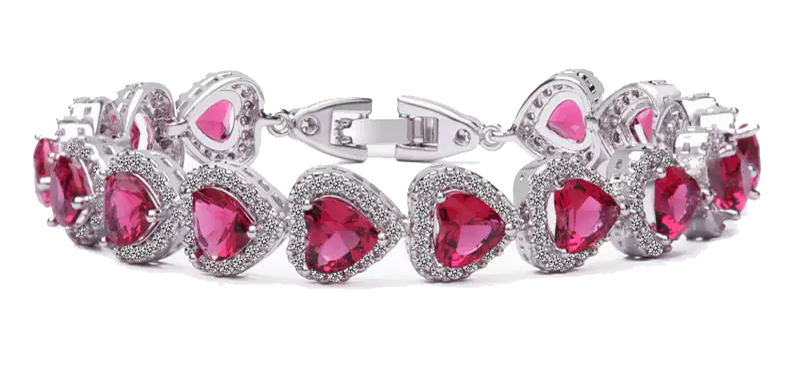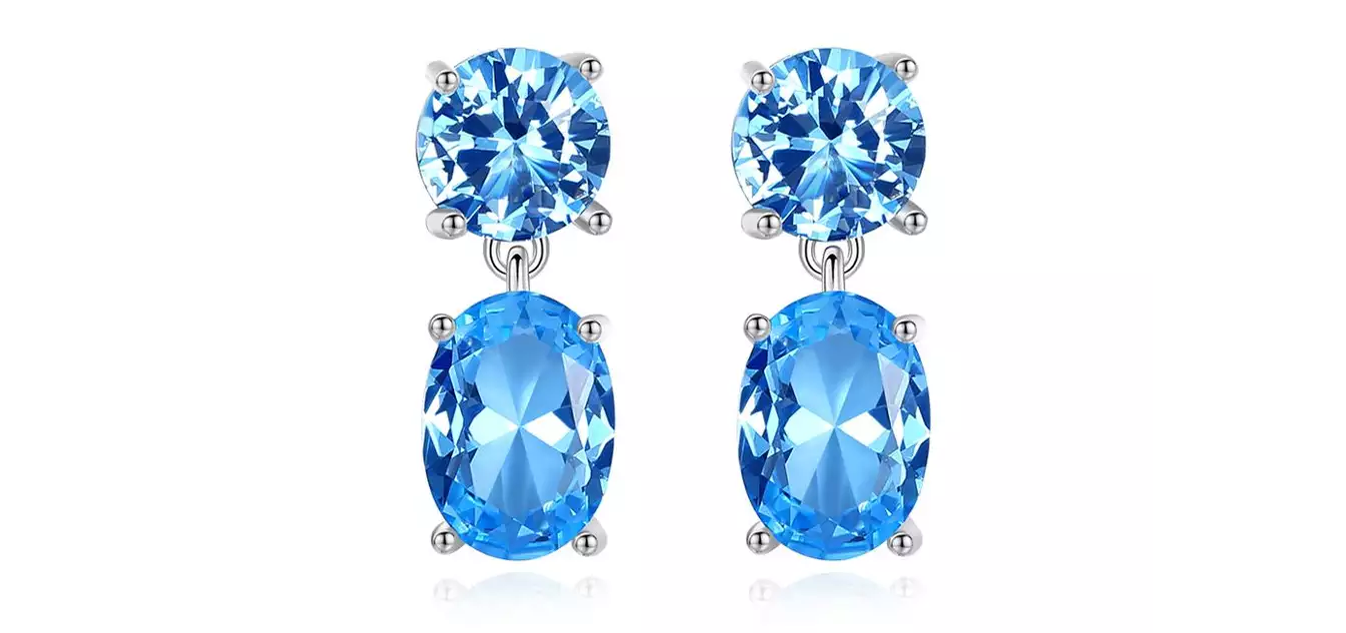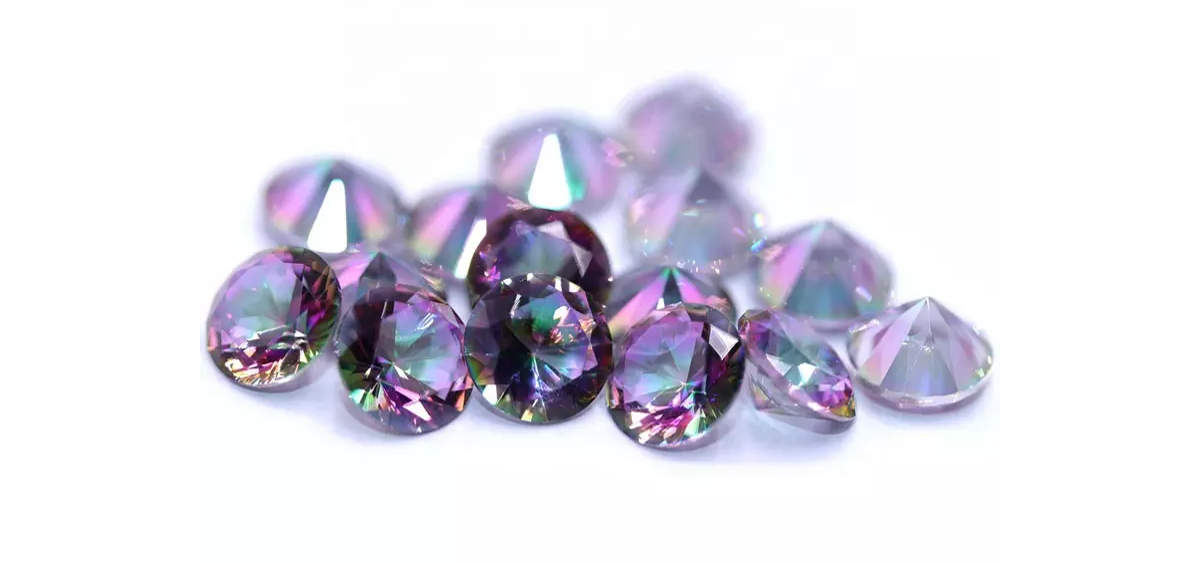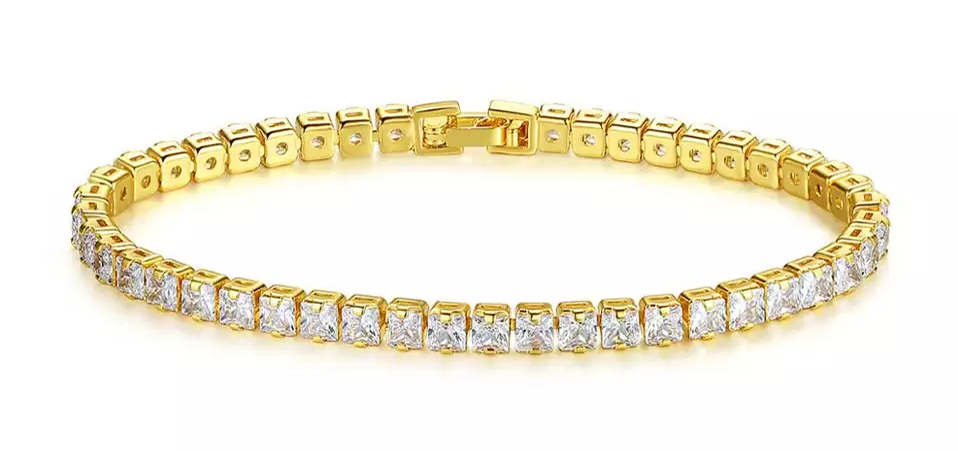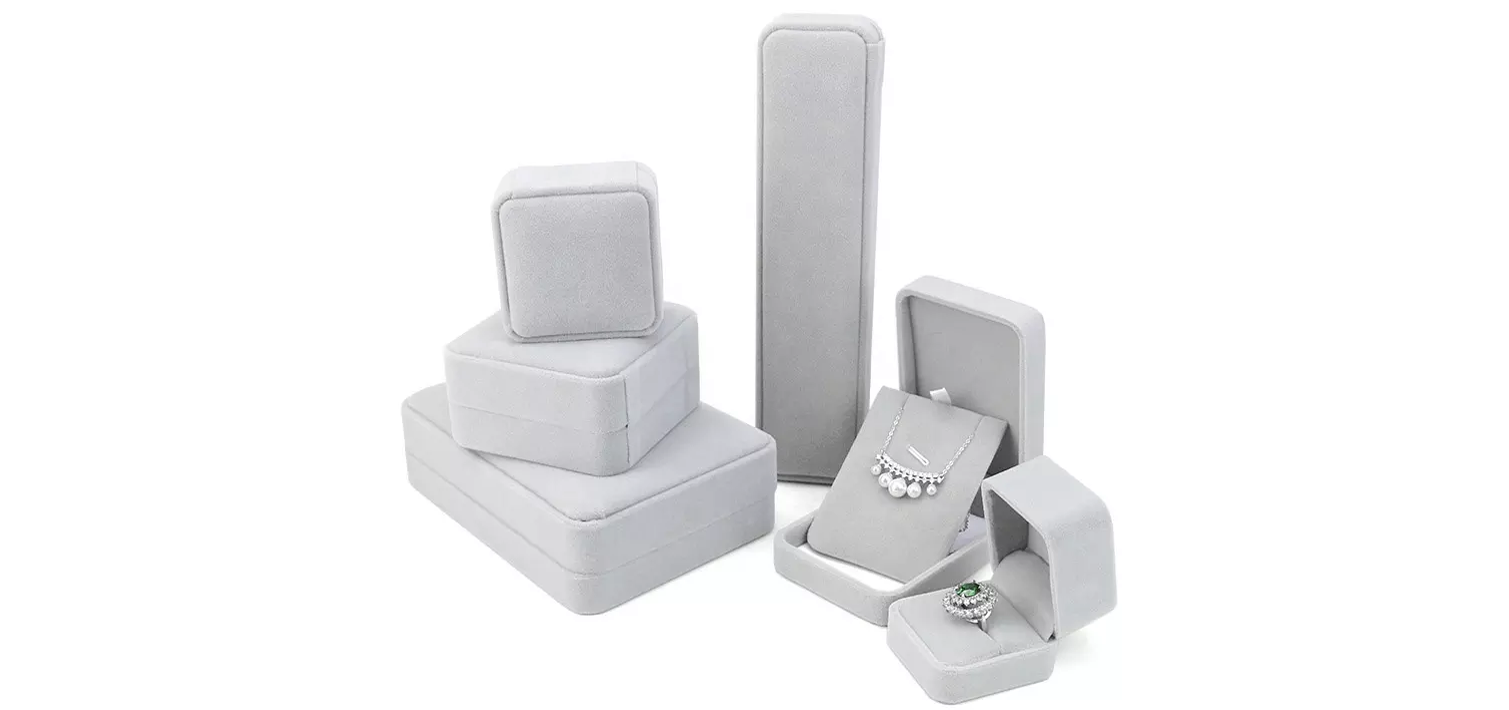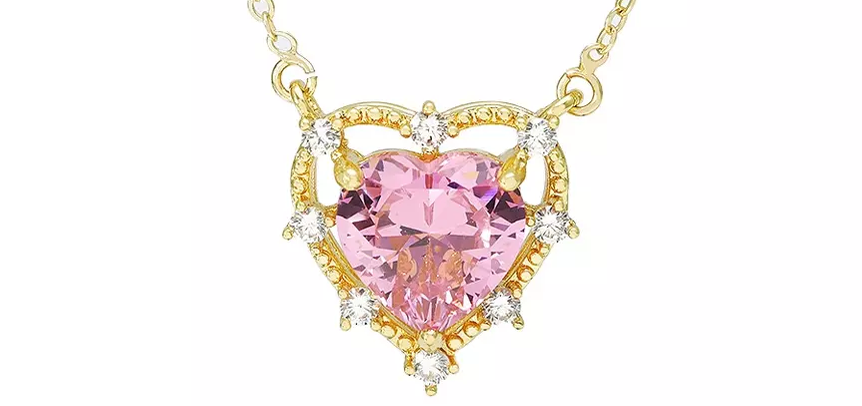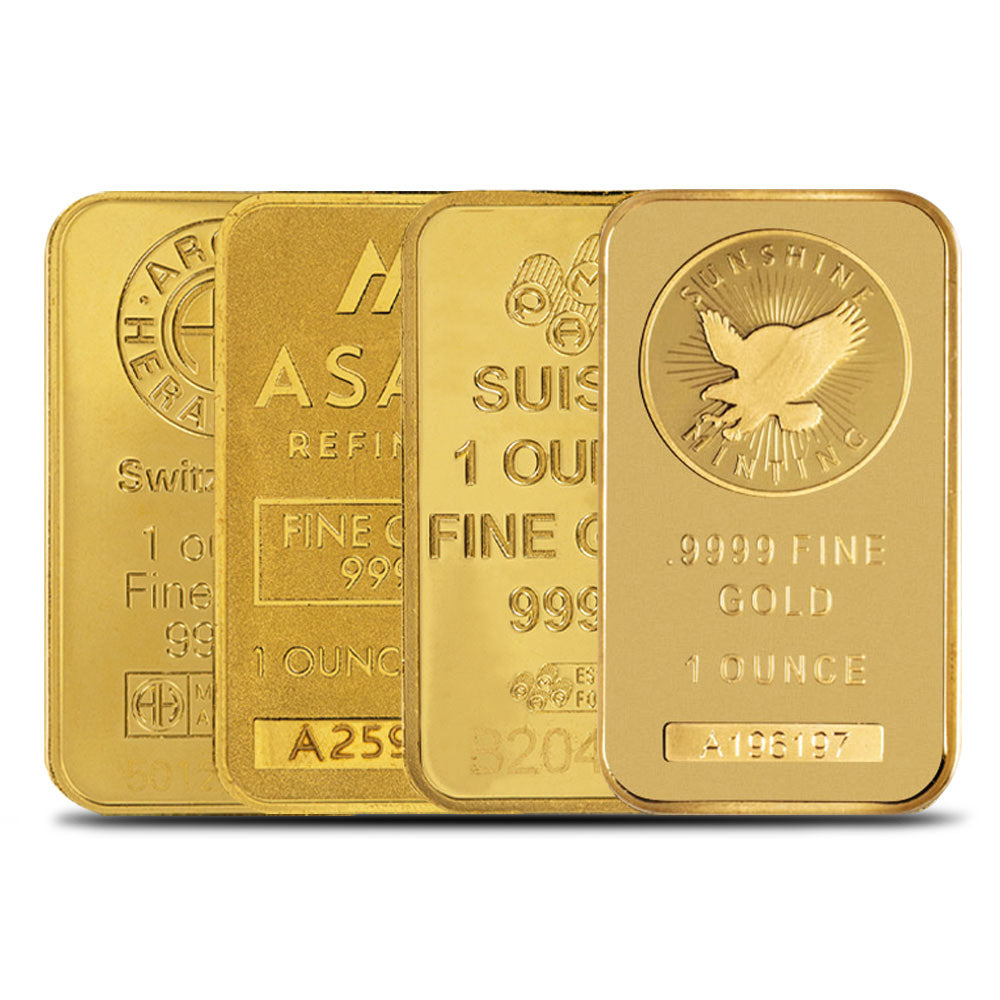Silver Education
In the 12th century, eastern Germans paid the British with silver coins known as “Easterlings” and this became a widely accepted standard of English currency. Later abbreviated, this is where sterling adopted its name. Sterling silver is the “whitest” precious metal ranging from bright white to grayish white, with a possibility of a matte or shiny finish. Today, sterling silver is the highest grade of silver metal that we use in our jewelry and household items. To help you better understand silver terminologies, Silverandgold.com has created a guide to explain Fineness, Hallmarks, Durability, and Cleaning Instructions to ensure you maintain and select the ideal silver jewelry for your needs!
Fineness
“Millesimal fineness is a system of indicating the purity of platinum, gold and silver alloys by parts per thousand of pure metal by mass in the alloy.” Because silver is so soft and malleable, it must be alloyed- or mixed- with other metals like copper to be suitable for general use. Knowing which alloy was used is very important when selecting silver jewelry or other silver items. Most silver manufacturing countries use fineness marks to indicate the percentage of silver used. United States Law, and the law of most developed countries, forbids the marking of non-silver items with silver purity marks. Fineness is represented by using word marks and numerical marks.
The numerical marks depict the number of parts of pure silver out of 1000 contained in a piece of silver. For example, the shorthand mark “925” is used to indicate that something is sterling silver because it is a piece with 92.5% pure silver; it has 925 out of 1000 part pure silver; thus its fineness is marked 925, SS, STG, STG SIL, or “sterling” for sterling silver. Anything less than 90% silver is regarded as low quality silver. Silverandgold.com has created a chart to help you understand some of the different numerical fineness marks used when marking silver:
|
Fineness |
Definition |
|
999 |
Fine Silver/ Pure Silver. Used to make bullion bars for international commodities trading and investment in silver. Too soft for general use. 99.9% Silver with trace amounts of impurities. |
|
958 |
Britannia Silver. Standard was used to keep silver coins from being melted into plates. Developed in Britain and was an obligated standard until 1720. 95.84% Silver with 4.16% Copper or other metals. |
|
950 |
French 1st standard. 95% Silver and 5% Copper or other metals. |
|
947 |
Zolotnik Russian Silver. Began in the 11th century to denote the weight of gold coins. 94.79% Silver and 7.5% Copper or other metals. |
|
925 |
Sterling Silver. 92.5% Silver and 7.5% Copper or other metals. |
|
916 |
Zolotnik Russian Silver. 91.66% Silver and 8.34% Copper or other metals. |
|
900 |
Coin Silver. Derived from the fact that much of it was made from melting down silver coins. 90% Silver 10% Copper or other metals. |
|
875 |
Zolotnik Russian Silver 87.5% Silver and 12.5% Copper or other metals. |
|
830 |
Scandinavian Silver 83% Silver and 17% Copper or other metals. |
|
800 or 835 |
German Silver 80% or 83.5% Silver and 20% or 16.5% Copper or other metals. |
Hallmarks
Unlike fineness marks, hallmarks indicate that an official in a specific country guaranteed the amount of silver in your item. Silver must be assayed- or tested, and its fineness must be hallmarked with a quality stamp to certify how much pure silver was used in your item. All silver pieces are stamped with the hallmark, the mark of the manufacturer or silversmith, and any other optional markings to indicate date of manufacture and additional information about the piece.
In the United States, sterling silver must contain no less than 92.5% pure silver and 7.5% of another metal in order to be hallmarked 925 for sterling silver. Although any metal can be used to make up the 7.5% that is not pure silver, years of experimentation has shown that copper is the most durable metal to mix with, and does not affect silver’s beautiful color. France, Japan, and a number of other countries hallmarked their silver 950 for sterling silver because it was composed of 95% pure silver and 5% copper or other metals. Sterling silver marked 950 is slightly softer and more susceptible to scratches and dents.
Although the United States never adopted a hallmarking system, other countries with large histories of silver-smithing use a complex hallmarking system. Silver is hallmarked differently across the nations depending on fineness and national standards for silver. Hallmarks usually contain a picture or a combination of a picture and some text. The pictures used are usually of historically important or local animals, current or prior rulers / royals, and specific plants. Silverandgold.com recognizes http://www.925-1000.com/ as a reliable website to go to if you’re trying to find particular hallmarks.
Durability
Although silver is harder than gold, its melting temperatures are lower making it extremely malleable and difficult to use in jewelry and general use alone; therefore it is mixed- or alloyed- with other metals like copper to make it more durable for use. Silver cannot rust, but without proper care, over time it can tarnish or darken in color because it is sensitive to oxidation. Damages to silver can be caused by sulfur compounds in the environment, household chemicals used while cleaning like bleach or ammonia, or swimming in chlorinated water. Because silver is such a soft precious metal, it tends to scratch easily. To minimize any scratches or dents your items may receive, it is recommended that you store it in a cloth pouch, or separate jewelry box compartment. Always keep your silver jewelry dry and cool to maintain its brilliance.
Cleaning Instructions
With the proper care, your silver jewelry will last a lifetime. Sterling silver will not rust, but it will tarnish over time due to oxidation. You should polish your silver jewelry frequently to maintain its luster and reduce signs of tarnish. To clean your silver, you should only use mild soap and warm water, with a soft lint free cloth. Never dry it with tissue paper or paper towel because they tend to leave scratches on the silver. You can find preventative items like tarnish prevention strips, fine silver polishes, solutions, or cloths that are appropriate to remove tarnish at most hardware stores or specialty craft stores.



